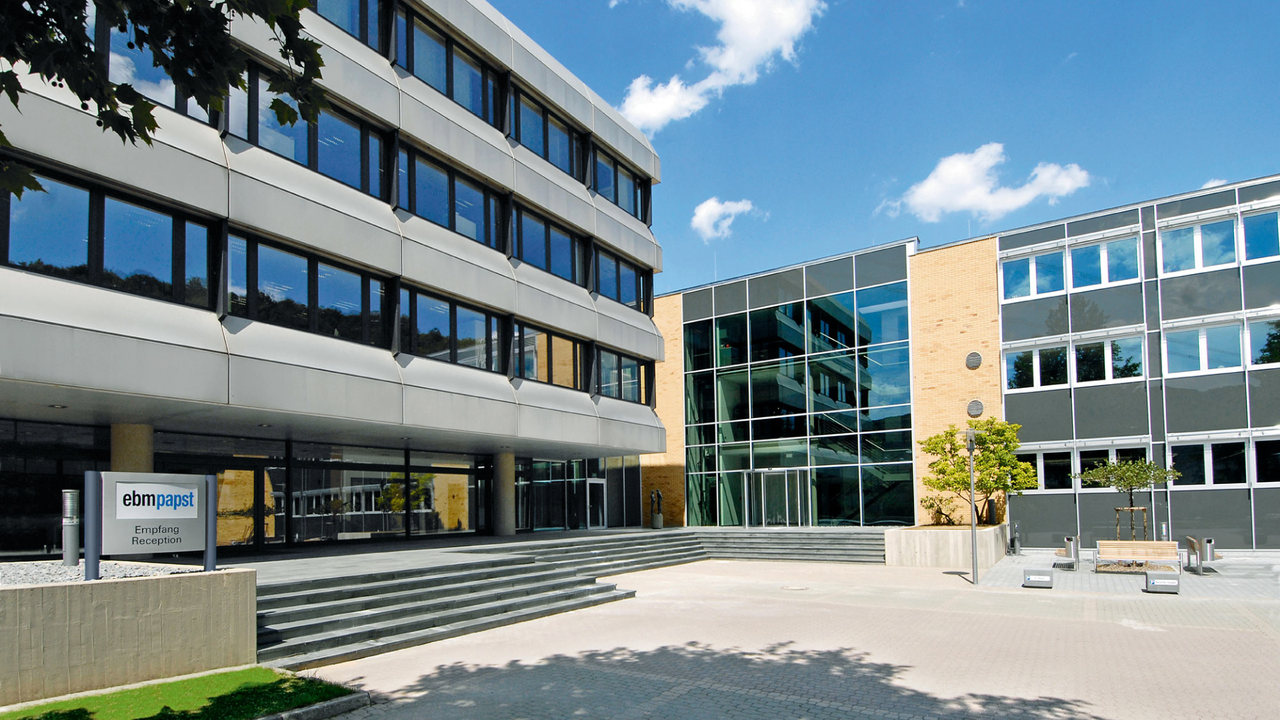The cooling systems in widespread use consist of components that function in isolation using their own control units and power electronics. The new system is different. The individual components it contains, including energy-saving EC fans and efficient compressors, are intelligently interconnected via central power electronics with a control unit – as the IoT (Internet of Things) requires. This means that the individual refrigerators can communicate with each other. The components in use are networked on the field level and their data are made accessible on the system level. The intelligently interconnected cooling circuit system generates energy savings up of to 40%, contributing to climate protection in the process. The cooling systems take advantage of energy efficient, smaller components that lead to additional operation-related energy and cost savings. This goes hand in hand with a lower number of electronic components that reduces both the material input and likelihood of failure. Anticipating the utilization level reduces peak load demand, enabling smaller motors with less material to be used and reducing costs even more. A noise reduction of 8 dB(A) is another point in the system's favor. This allows and is a permanently guarantee that the application operates in a highly energy efficient, quiet and economical manner. Overall, the system lowers energy consumption and guarantees precise cooling. With it, even devices that are operated in isolation (e.g. gas station and train station beverage machines) can be monitored, controlled and regulated centrally. It uses operational, functional and environmental parameters (temperature and air humidity) to detect device malfunctions and adverse affects such as damage to the devices. There are over 50 million refrigerators in all the food retailing establishments worldwide and together they consume over 90 TWh/a of electricity. In sum, the potential energy savings is enormous: up to 40% per individual device. This is over 30 TW/a, which equals the annual energy production of more than three large power stations. Interconnection enables even remotely installed devices such as beverage refrigerators to be monitored centrally, including ongoing power and energy loss checks.

